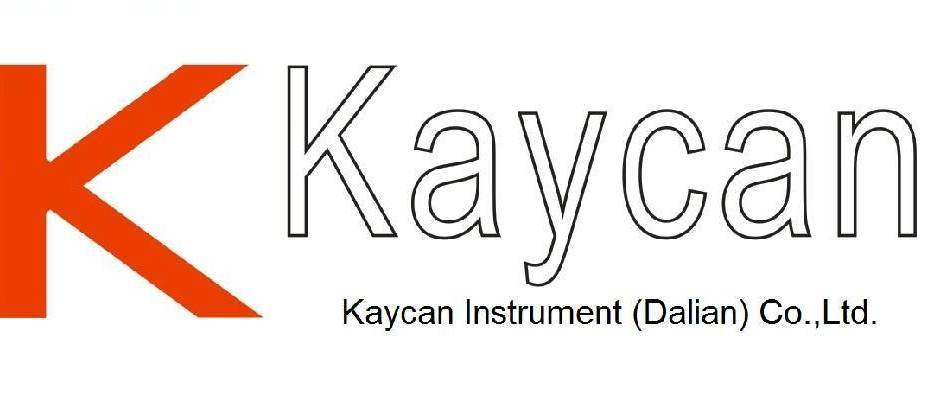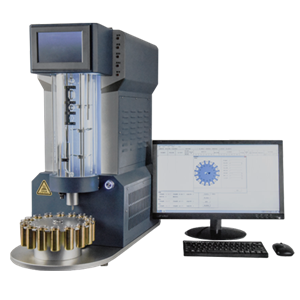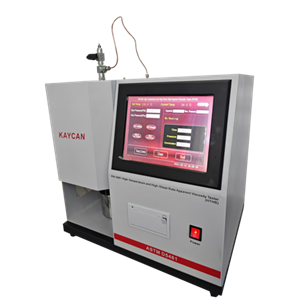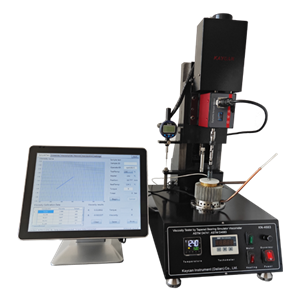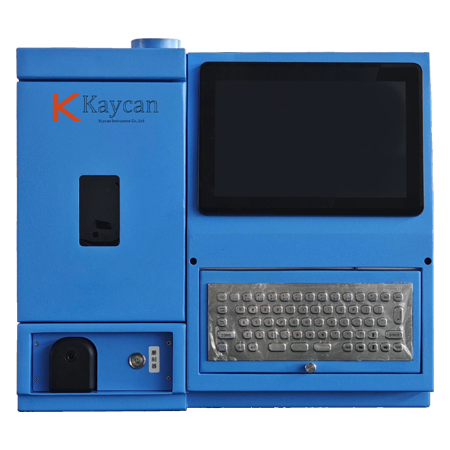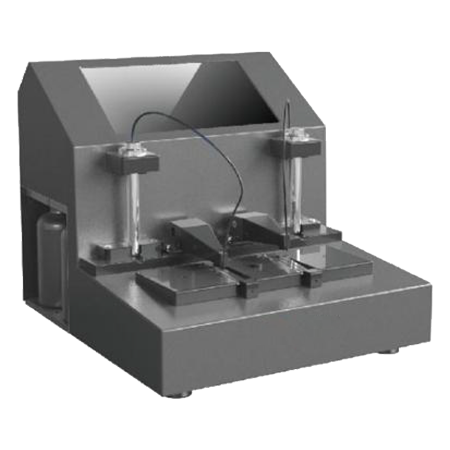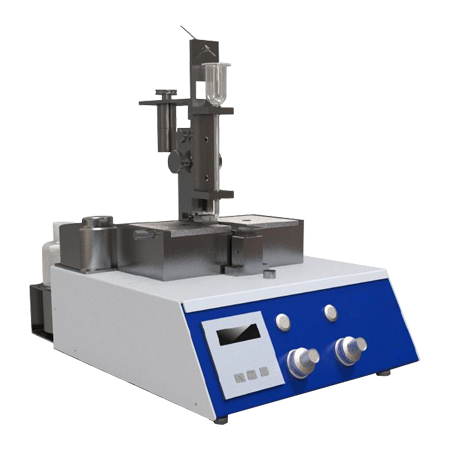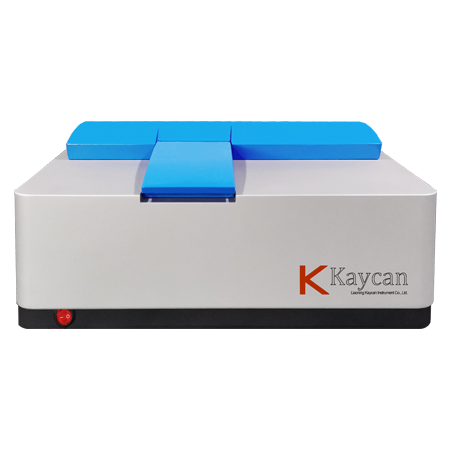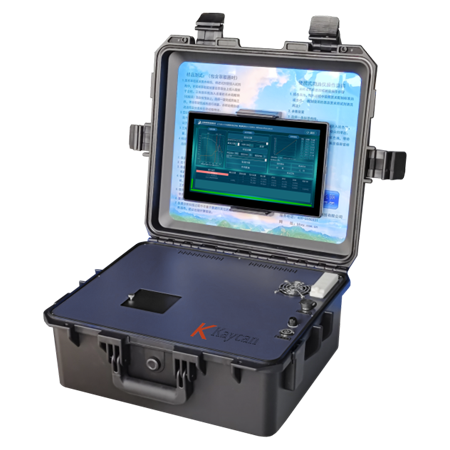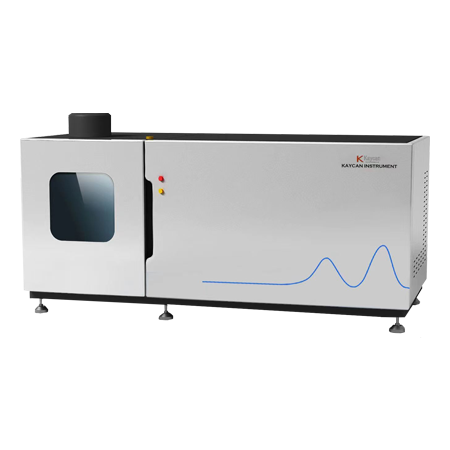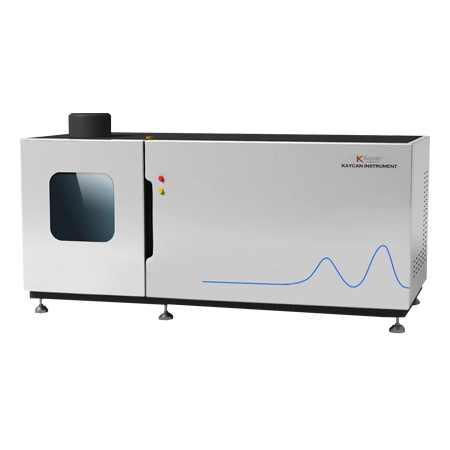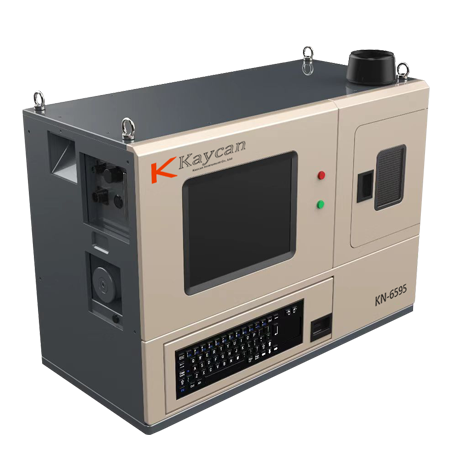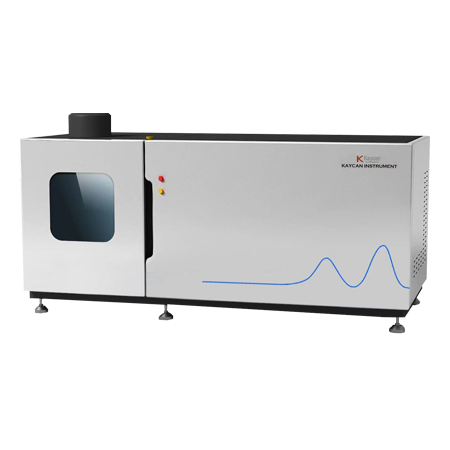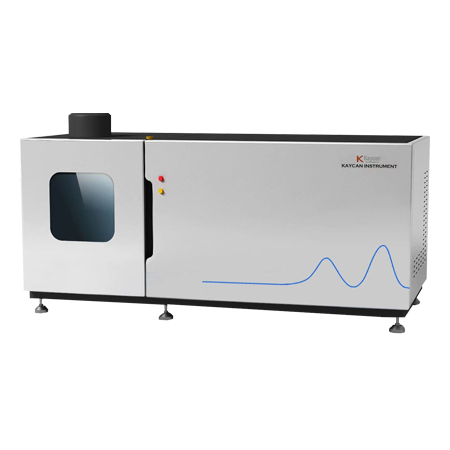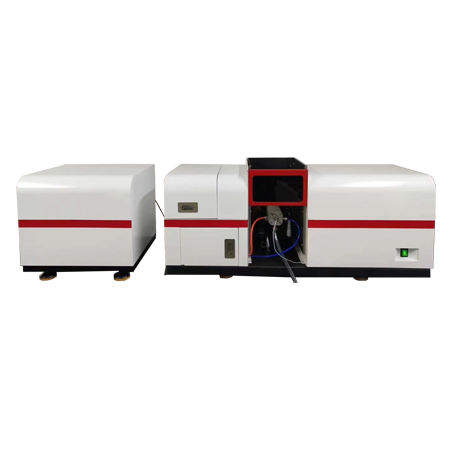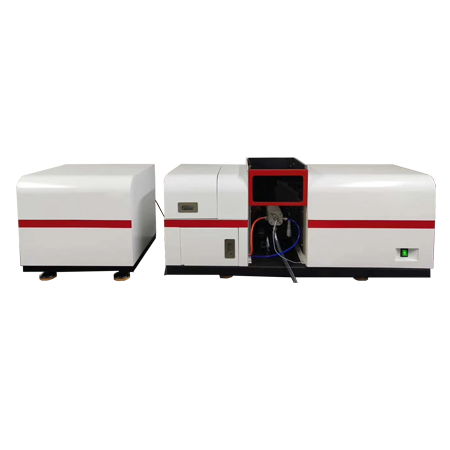-
ASTM D6595 Portable Rotary Disc Electrode Atomic Emission Spectrometer (RDE-AES)
Wear metals and contaminants in a used oil test specimen are evaporated and excited by a controlled arc discharge using the rotating disk technique. The radiant energies of selected analytical lines and one or more references are collected and stored by way of photomultiplier tubes, charge coupled devices or other suitable detectors. A comparison is made of the emitted intensities of the elements in the used oil test specimen against those measured with calibration standards.
Send Email Details -
ASTM D7684 Dual Analysis Ferrograph
KN-7684 Dual Analysis Ferrograph conforms to ASTM D7684 Standard Guide for Microscopic Characterization of Particles from In-Service Lubricants. Periodic in-service lubricant samples are collected from a machine as part of a routine condition monitoring program. The sample is prepared to separated particles from the sample fluid. The separated particles are subsequently examined using an optical microscope to identify the types of particles present to aid in identifying the wear mode occurring in the oil-wetted path of the machine
Send Email Details -
ASTM D7690 Thistle Tube Iron Spectrometer
KN-7690 Thistle Tube Iron Spectrometer conforms to ASTM D7690 Standard Practice for Microscopic Characterization of Particles from In-Service Lubricants by Analytical Ferrography. Periodic in-service lubricant samples are collected from a machine or engine as part of routine condition monitoring program. A ferrogram is prepared from the sample to separate particles from sample fluid. The ferrogram is subsequently examined using an optical microscope to identify the types of particles present to aid in identifying the wear mode occurring in the oil-wetted path of the machine.
Send Email Details -
Portable Infrared Spectroscopy Oil Content Detector
KN-EP600 Portable Infrared Spectroscopy Oil Detector will extract oil substances in water with tetrachloroethylene, determine the total extract, then adsorb the extract with magnesium silicate, and determine oil after removing polar substances such as animal and vegetable oils. The contents of total extracts and petroleum are calculated by absorbance a2930, a2960 and a3030 at bands with wave numbers of 2930cm-1 (stretching vibration of C-H bond in CH2 group), 2960cm-1 (stretching vibration of C-H bond in CH3 group) and 3030cm-1 (stretching vibration of C-H bond in aromatic hydrocarbon) respectively. The content of animal and vegetable oil is calculated according to the difference between the total extract and petroleum content
Send Email Details -
Portable Infrared Spectroscopy Oil Detector
KN-EP910 Portable Infrared Spectroscopy Oil Detector will extract oil substances in water with tetrachloroethylene, determine the total extract, then adsorb the extract with magnesium silicate, and determine oil after removing polar substances such as animal and vegetable oils. The contents of total extracts and petroleum are calculated by absorbance a2930, a2960 and a3030 at bands with wave numbers of 2930cm-1 (stretching vibration of C-H bond in CH2 group), 2960cm-1 (stretching vibration of C-H bond in CH3 group) and 3030cm-1 (stretching vibration of C-H bond in aromatic hydrocarbon) respectively. The content of animal and vegetable oil is calculated according to the difference between the total extract and petroleum content
Send Email Details -
ASTM D5708 ICP for Crude Oils and Residual Fuels
When fuels are combusted, vanadium present in the fuel can form corrosive compounds. The value of crude oils can be determined, in part, by the concentrations of nickel, vanadium, and iron. Nickel and vanadium, present at trace levels in petroleum fractions, can deactivate catalysts during processing. These test methods provide a means of determining the concentrations of nickel, vanadium, and iron.
Send Email Details -
ASTM D7111 ICP for Middle Distillate Fuels
Trace elemental analysis is used to indicate the level of contamination of middle distillate fuels. Trace metals in turbine fuels can cause corrosion and deposition on turbine components at elevated temperatures. Some diesel fuels have specification limit requirements for trace metals to guard against engine deposits. Trace level copper in middle distillate aviation turbine fuel can significantly accelerate thermal instability of the fuel leading to oxidation and production of detrimental insoluble deposits in the engine.
Send Email Details -
ASTM D6595 Rotary Disc Electrode Atomic Emission Spectrometer (RDE-AES)
Wear metals and contaminants in a used oil test specimen are evaporated and excited by a controlled arc discharge using the rotating disk technique. The radiant energies of selected analytical lines and one or more references are collected and stored by way of photomultiplier tubes, charge coupled devices or other suitable detectors. A comparison is made of the emitted intensities of the elements in the used oil test specimen against those measured with calibration standards.
Send Email Details -
ASTM D4951 Additive Elements In Lubricating Oils By ICP AES
Additive packages are blends of individual additives, which can act as detergents, antioxidants, antiwear agents, and so forth. Many additives contain one or more elements covered by this test method. Additive package specifications are based,in part, on elemental composition. Lubricating oils are typically blends of additive packages, and their specifications are also determined, in part, by elemental composition. This test method can be used to determine if additive packages and unused lubricating oils meet specifications with respect to elemental composition.
Send Email Details -
ASTM D5185 Multielement By ICP
22 elements in used lubricating oils and in base oils, and it provides rapid screening of used oils for indications of wear. Test times approximate a few minutes per test specimen, and detectability for most elements is in the low mg/kg range. In addition, this test method covers a wide variety of metals in virgin and re-refined base oils. Twenty-two elements can be determined rapidly, with test times approximating several minutes per test specimen.
Send Email Details -
AAS Graphite and flame furance Furance
atomic absorption spectrophotometer is now widely used in scientific research, quality control, disease control, environmental protection, metallurgy, agriculture, chemical industry .Hardware and software design of innovation to ensure the accuracy, safety, ease of use in the analysis of samples, equipment maintenance, simple and convenient.
Send Email Details -
ASTM D3237 Lead in Gasoline by AAS
The gasoline sample is diluted with methyl isobutyl ketone and the alkyl lead components are stabilized by reaction with iodine and a quaternary ammonium salt. The lead content of the sample is determined by atomic absorption flame spectrometry at 283.3 nm, using standards prepared from reagent grade lead chloride. By the use of this treatment, all alkyl lead compounds give identical response.
Send Email Details
